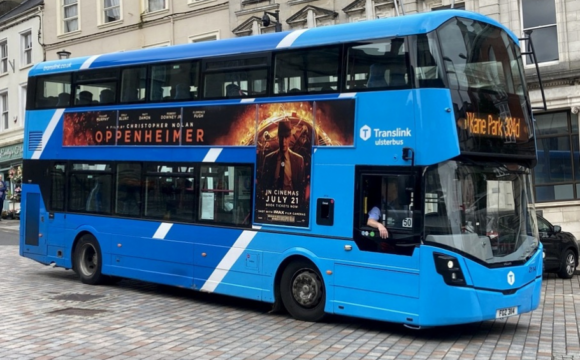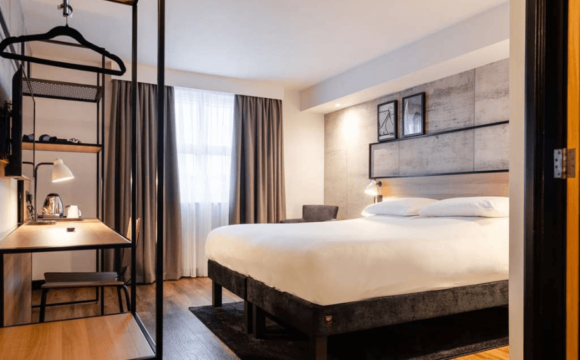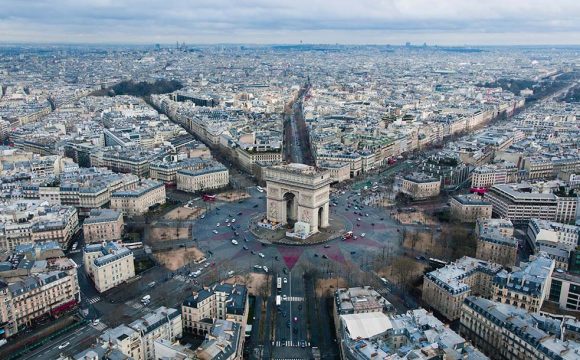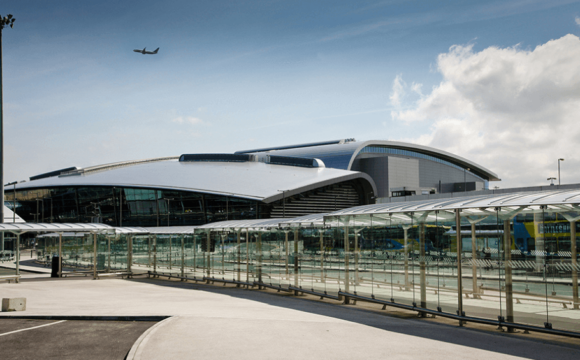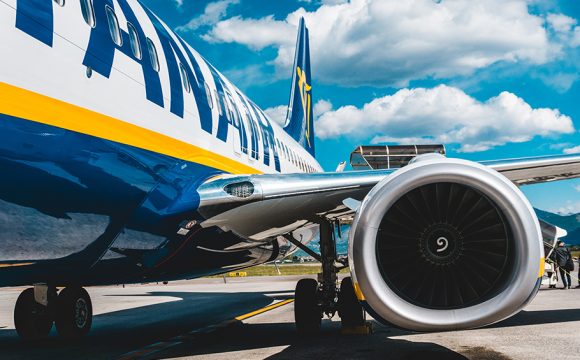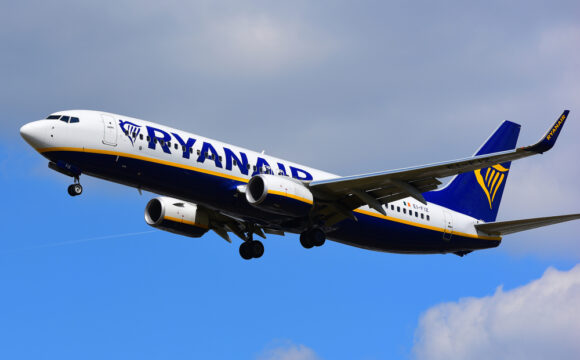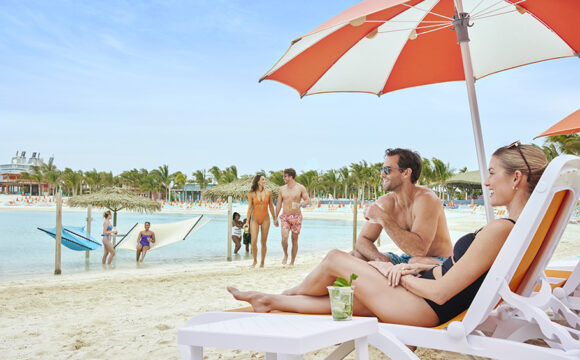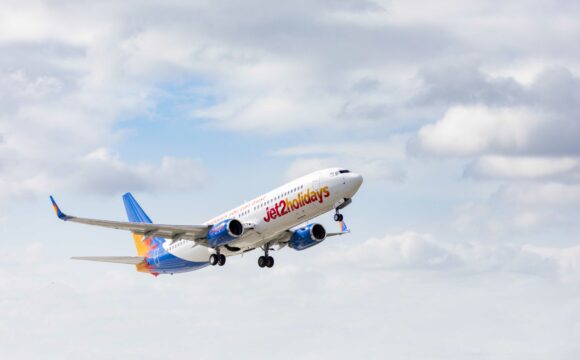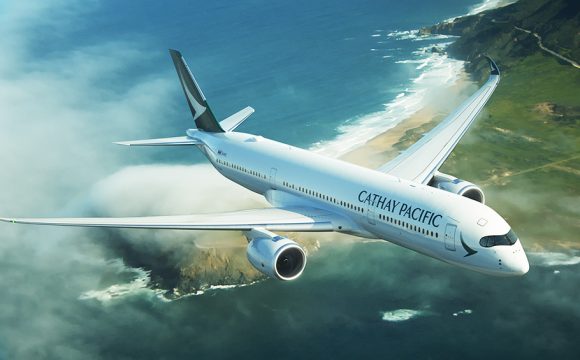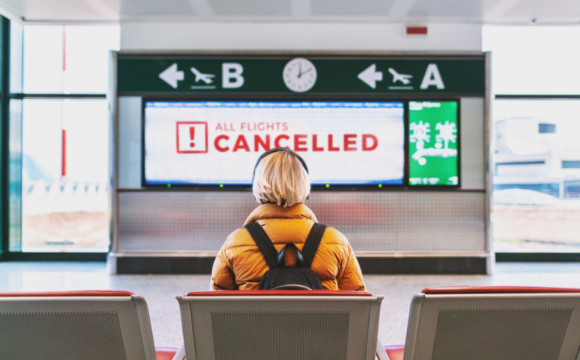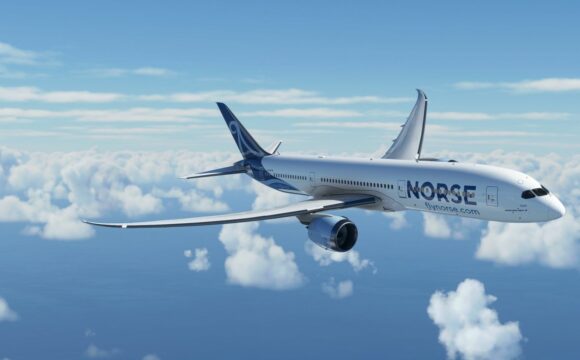With a rich history of international exchange, Kyushu has fostered art and innovation for centuries. From exhibiting local artists to further afield artists, Kyushu has it all welcoming new ideas and creating new traditions. Here we explore three of Kyushu’s seven prefectural art museums from Nagasaki to Saga to Miyazaki.
Nagasaki Prefectural Art Museum
Located by the port of Nagasaki, the Nagasaki Prefectural Art Museum is a modern and spacious complex which was designed by famous architect Kuma Kengo. Due to being situated near the waterfront of downtown Nagasaki, the museum straddles a canal, with an enclosed glass walkway between the two buildings offering a stunning view of Dejima Wharf. The museum was opened in 2005 and contains permanent collections of art dedicated to art relating to Nagasaki, including works produced by local artists as well as a large collection of Spanish art known as the Suma Collection. This collection of art rangers from medieval to contemporary works containing pieces from legendary artists including Picasso. It is named after Suma Yakichiro who started the collection while serving as a diplomat in Spain during the 1940s. Additionally, the museum hosts a gorgeous roof garden which is made up of lawn space separated by a paved walkway. Visitors can sit on the roof overlooking nice views of the port and city.
Saga Prefectural Art Museum
Saga Prefectural Art Museum was opened adjacent to the Saga Prefectural Museum in 1983 in commemoration of the 100th anniversary of the Saga Prefectural Government. Located across from Saga Castle the art museum features both traditional and modern art, including paintings, sculptures and crafts from the early modern to modern periods. There is a wide assortment of works by artists, sculptors, potters and fabric-dyeing artists from Saga such as Kaneyuki Hyakutake, Keiichiro Kume, Tadao Koga, the 12th generation Kakiemon and Saburosuke Okada, a Saga artist who has his very own permanent collection of works. Okada painted in the Yōga style ‘Western-style painting’. Yōga is a term, coined in the Meiji period, to distinguish works from indigenous traditional Japanese paintings. It designates a style of paintings by Japanese artists made in accordance with Western traditional conventions, techniques and materials. Outside the museum, visitors will find a traditional Japanese tea house called the Seikeian. It is surrounded by a placid park dotted with the sculptures of another well-known Saga artist, Tadao Koga.
Miyazaki Prefectural Art Museum
Miyazaki Prefectural Art Museum was established in Miyazaki, Japan, in 1995. The collection focuses on artists from or associated with Miyazaki Prefecture and also includes works by Picasso, Klee, and Magritte. The centerpiece of the Miyazaki Prefectural Art Museum’s collection is the work of Ei-Q from Miyazaki City, who had a great influence on the avant-garde art of Japan after the war. It houses nearly 1,000 works and has a dedicated “Ei-Q Exhibition Room” so that visitors can appreciate it at any time. In addition to works such as oil paintings, photo drawings and prints, materials such as relics, painting materials, original plates of copperplate prints, and photographs of life are also exhibited. Beginning from figurative oil paintings of landscapes or people, Ei-Q produced many experimental works going to-and-fro between figuration and abstraction and including visionary expressions. The final method of expression he reached was abstract painting in pointillism.



